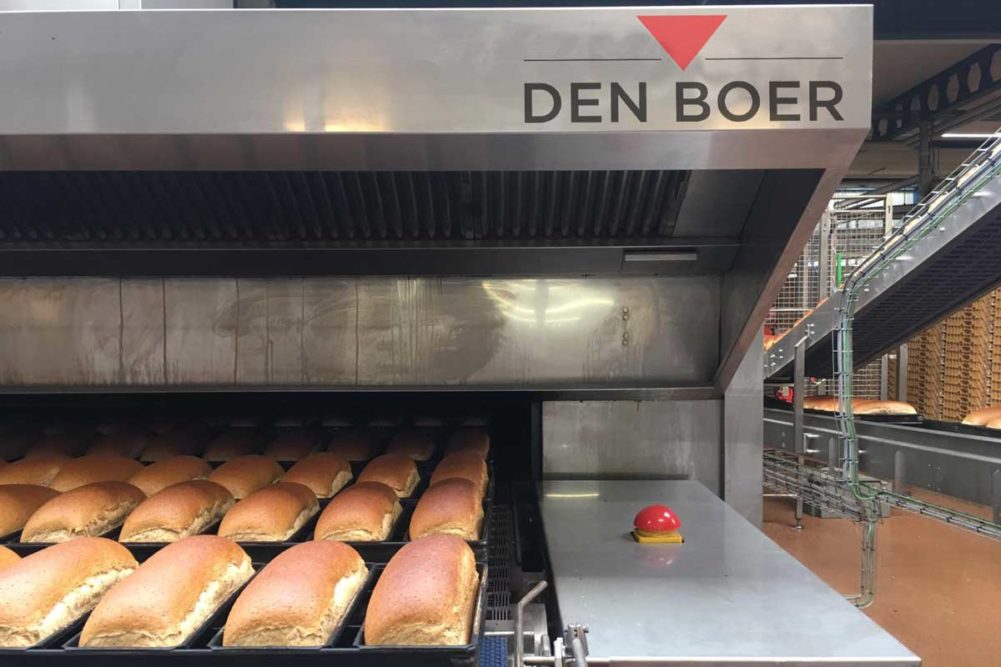Turning sliced bread into something special isn’t easy, but it can be done. King’s Hawaiian, Torrance, Calif., did it by taking its classic soft, sweet round loaf and transforming it into a conventional sandwich bread format.
And who doesn’t know about Dave’s Killer Bread, a part of Thomasville, Ga.-based Flowers Foods, that disrupted the category with its hearty-seeded, organic and other signature breads?
From an operational standpoint, producing specialty panned breads on a higher speed line can be tricky or require additional steps to complete the process.
Hans Besems, executive product manager for AMF Tromp, an AMF Bakery Systems brand, noted that artisan-style panned breads simply need more time to produce, even on a high-volume line. That often means going vertical with production.
“In order to maintain capacity, we need more time for resting and proofing but not necessarily baking,” he observed. “This requires much more floor space, mainly within the resting, moulding and proofing processes. This could be overcome by resting the dough in large swing-tray proofers and/or paternoster proofing systems that use the height of the bakery.”
Sticky doughs like brioche, rye and other high-moisture artisan-style varieties can be difficult to handle. On the flipside, other doughs are dense and loaded with seeds, sprouted grains and other ingredients throughout the inside and all around the crust.
But then again, isn’t that what makes them special?
“Just because you're baking in a pan and not on a hearth does not mean a bread can't be artisan,” said John Giacoio, vice president of sales, Rheon USA. “As long as you treat the dough right and allow it to develop flavor and structure, you can make some fantastic artisan pan bread.”
Still, some artisan-style breads need a slightly tighter-cell interior and proper crust so the finished products don’t crumble or break apart during the depanning and slicing process.
“Because of the restrictive nature of a pan that has five sides, it's even more important that you gently handle the dough so you can get the structure you're looking for,” Mr. Giacoio said. “If you're using a stress-free system to make your dough sheet, you can make it thinner. By doing so, you can get more curls in forming the loaf at the moulder, giving it more structure.”
That’s how bakers make a special impression in the upscale baked goods market.
This article is an excerpt from the October 2020 issue of Baking & Snack. To read the entire feature on specialty pan bread, click here.





